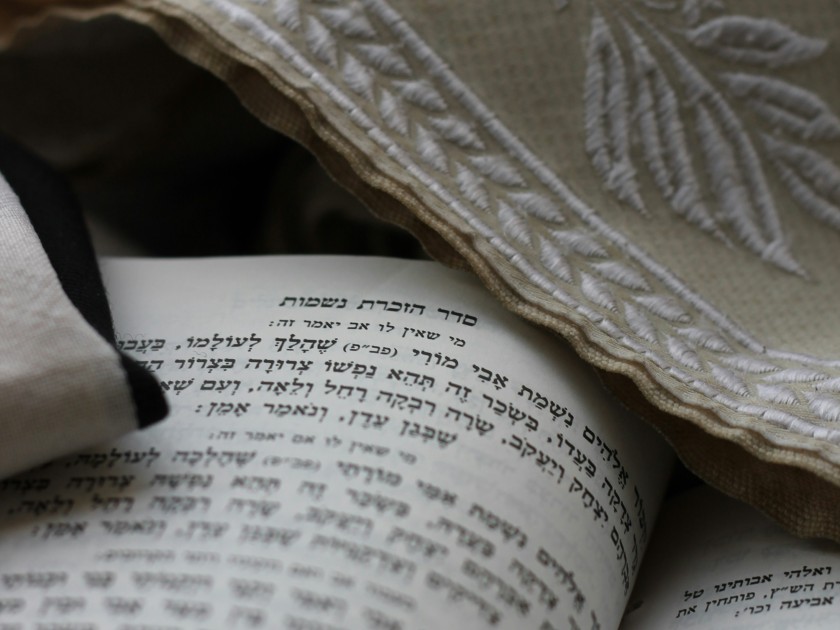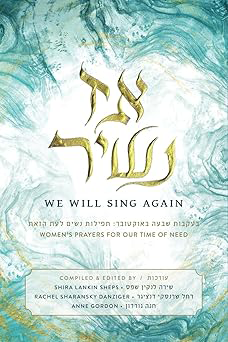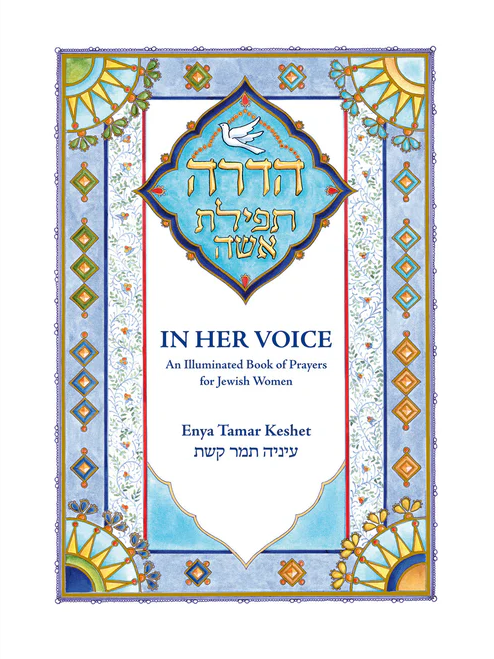
Growing up in the 1980s and 1990s, my Jewish day school and synagogue were Conservative, but not egalitarian. At the time, this meant that I was mostly not allowed to be on the bimah for any religious ceremonies after my bat mitzvah. In addition, it was simply a given that girls didn’t read the Torah at their bat mitzvah (every girl in my class had a Sunday bat mitzvah and chanted haftarah instead). Only one girl wore a kippah, tallit, and tefillin during daily prayers at school; while I never heard anyone say anything to her, it was clear that it wasn’t encouraged. By the time I graduated, I was starting to feel like there wasn’t a place for me in Judaism: I chafed against the sexist traditions — at that time, the boys were still saying the blessing every morning during Birkat Hashachar thanking G‑d for not making them women — and I was disillusioned by it. So I stepped away.
I stepped away for a long time.
I’m now back at the very synagogue in which I grew up, and can happily say that it became egalitarian; not only is there a female rabbi as the director of the religious school, but we also have a female hazzan. It is commonplace to see women wearing kippot, tallitot, and tefillin, as well as on the bimah reading Torah and receiving aliyot. Seeing how things have changed was a large factor in my son and I joining the synagogue, inspiring me to dive back into Jewish learning, and becoming more observant. I still love seeing women read Torah, and listening to our Hazzan on the bimah never gets old for me. The first time I got an aliyah since day school — just a little over a year and a half ago — I was terrified, but thrilled. It was a reminder of how far we’ve come.
My return to Jewish learning and prayer is no small thing, considering how I felt and my experiences growing up. Now I actively seek out books on prayer and liturgy, Jewish thought, and feminist theology. In my practice, I do use some Koren siddurim — siddurim which contain the unchanged versions of the prayers — but I am grateful for the evolution of certain prayers. There are two books, especially, that I’ve been returning to lately.
My return to Jewish learning and prayer is no small thing, considering how I felt and my experiences growing up. Now I actively seek out books on prayer and liturgy, Jewish thought, and feminist theology.
Shira Lankin Sheps, Rachel Sharansky Danziger, and Anne Gordon’s Az Nashir (We Will Sing Again): Women’s Prayers For Our Time of Need, felt like exactly what I was looking for in a post-October 7 world. It’s a collection of prayers, poems, and artwork created by Israeli women. Each prayer, each drawing, is complex and layered; this is a book you sit with and return to again and again, giving yourself time to absorb and process each page. In the introduction, the editors write about how our sages modeled our daily prayers after the way Hannah prayed to G‑d for a child: showing up brokenhearted and vulnerable — authentic. They go on to explain that, after the rocket attacks of October 7, “Prayer became more than a personal practice. It became a way to grasp for hope. Prayer implies faith in the possibility of something better.”
And that’s exactly what this book does. It doesn’t provide any answers or explanations— I would even say it might provoke more questions. The pieces give voice to ideas and hopes unsaid; they help me to hold space for all these questions. Sections of the book include: Prayers for Prayer, Prayers for Daily Life, Realities of War, Parenting in War, Women’s Life Cycle, Whispered Words, Shabbat, and much more. Pain and vulnerability spill evocatively onto the page, as do tenacity and hope.
Complementing the layered emotionality of Az Nashir (We Will Sing Again) is In Her Voice: An Illuminated Book of Prayers for Jewish Women by Enya Tamar Keshet. It’s a beautiful oversized book with full-color pictures of illuminated manuscripts featuring Jewish prayers, particularly prayers that may resonate with women. The book features gorgeous depictions of all the women mentioned in the Bible, along with illustrations of rituals paired with English text of the prayer, including its history and background. Some of these rituals include the prayers before going to the mikvah, the prayer before candle lighting, the prayer for a child, a woman’s prayer before Torah study, and many more. The illustrations are stunning, and made even more so by the accompanying text which can help situate the prayers and practice in our modern lives.
These two books use artistic expression to give us another avenue to connect deeply with prayer. Perhaps even more importantly, they show me that prayer can take on many forms, and that even with traditional prayers, there are always new ways of seeing the liturgy.

Az Nashir (We Will Sing Again): Women’s Prayers For Our Time of Need. edited by Shira Lankin Sheps, Rachel Sharansky Danziger, and Anne Gordon

In Her Voice: An Illuminated Book of Prayers for Jewish Women by Enya Tamar Keshet
Jaime Herndon is a medical writer who also writes about parenting and pop culture in her spare time. Her writing can be seen on Kveller, Undark, Book Riot, and more. When she’s not working or homeschooling, she’s at work on an essay collection.